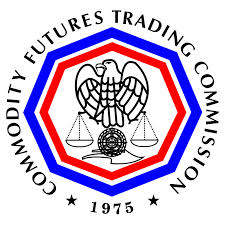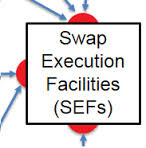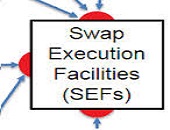Over the past fifteen months, “the biggest paradigm shift that we’ve seen in the last twenty years” has occurred, said Nathan Jenner, Chief Operating Officer at Bloomberg Electronic Trading. He was the first of two speakers at a GARP-sponsored webinar, held on April 15, 2014, about changes to the over-the-counter (OTC) market.
Jenner put the changes in context: the new legislation driving the changes arose from the 2009 G20 summit in Pittsburgh that occurred on the heels of the 2008 financial crisis. There were three areas the signatory nations wanted to focus on, he said: “reducing systemic risk, improving transparency, and enhancing the reporting” of financial activities. The new regulations were brought in by the US Commodities Futures Trading Commission (CFTC).
 Credit default swaps (CDS) data reporting went live December 31, 2012. From this date onward, all transactions have to go through the swap data repository (SDR), whose goal is to make information available to the public.
Credit default swaps (CDS) data reporting went live December 31, 2012. From this date onward, all transactions have to go through the swap data repository (SDR), whose goal is to make information available to the public.
The next set of mandates, around central clearing, “ had the goal to reduce systemic risk,” said Jenner, so that “if one of the counterparties went bankrupt, it did not have a chain effect.” The mandate deadline for firms switching to central clearing differed, depending on the type of firm.
Business conduct rules changed as well, said Jenner, to increase information available to the buy side. Now the buyer has a clearer idea where “mid” is, even while the markets are shifting dramatically, due to the increased transparency of the OTC market.
Swap execution facilities (SEFs) went live in October –November. “Footnote 88 took much of the market by surprise,” said Jenner. Footnote 88 states that “a facility would be required to register as a SEF if it operates in a manner that meets the SEF definition even though it only executes or trades swaps that are not subject to the trade execution mandate.” Jenner explained that, “if you were operating like a SEF, you needed to register as a SEF.” A firm could not offer multi-electronic trading unless it was registered as a SEF.
Mandatory pre-trade credit checking has come into effect, based on key principles of equal and open access. “Until then, many SEFs needed a way to enable counterparties,” he said. Previously, if a trade failed to clear, there was a work-out period. Under the new regime, “if the pre-trade credit check is not good, the trade fails from the beginning.”
Made available to trade(MAT) and block trading are part of the new landscape. MAT is the culmination of three years of work. “A certain set of OTC instruments could only be traded in a SEF,” said Jenner. “There is no other way to trade them.”
After describing the most prominent changes of the past 15 months, Jenner described how the market had responded. “Bloomberg did not see a dramatic decrease in liquidity.” There are about 20 SEFs now in operation.
There has been some impact of Footnote 88 on the FX markets. “Rather than deal with the new regulation, many firms moved back to unilateral arrangements.” ª
Click here to read about the second presentation on changes to the OTC market. ª
Click here to view the webinar presentation, A New Era in the OTC Market.

